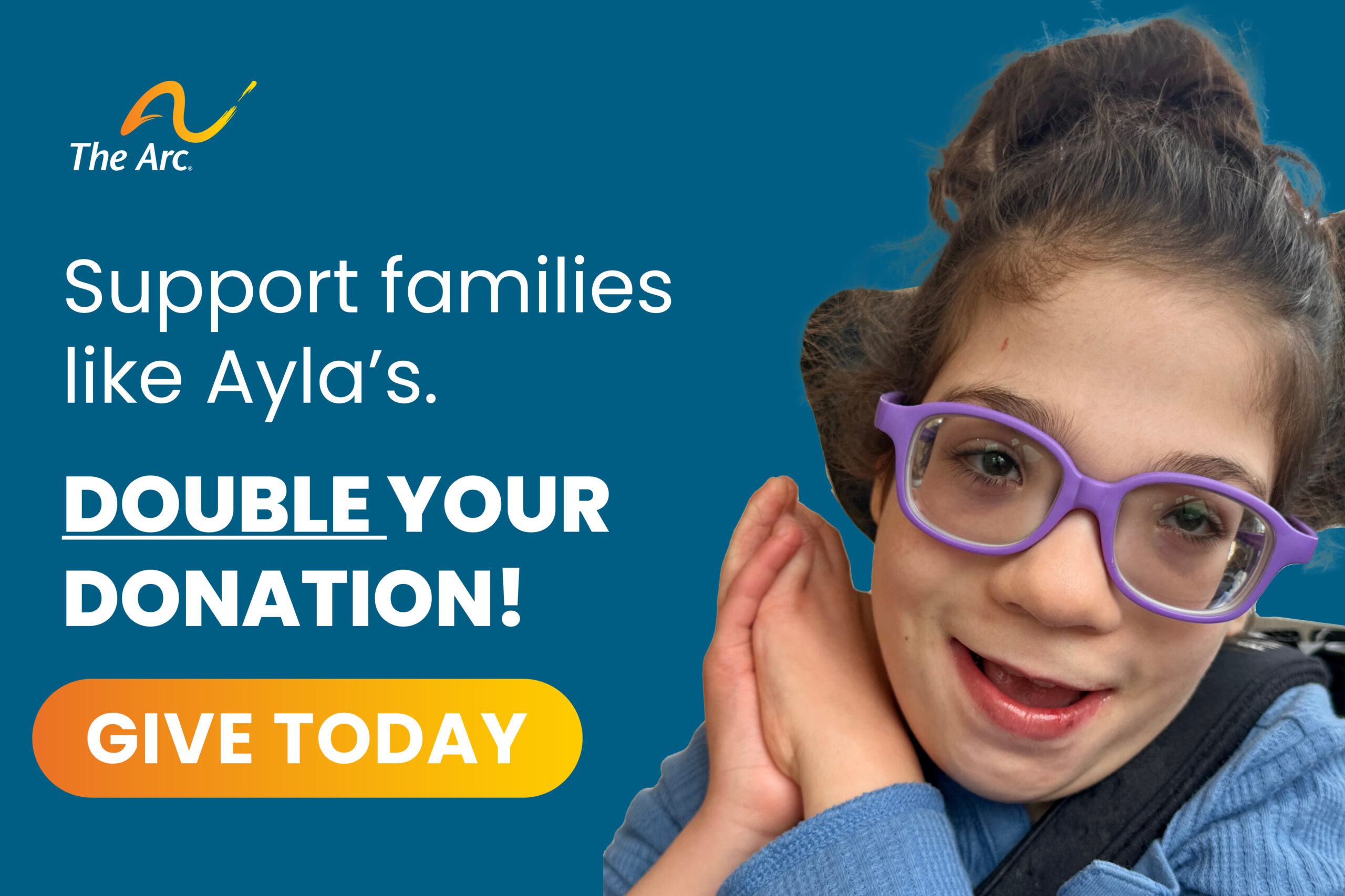Contents
- Introduction
- Free and Appropriate Public Education (FAPE)
- Least Restrictive Environment (LRE)
- The IEP
- Procedural Safeguards and Due Process
- Discipline under IDEA
- Eligibility of Students with Autism and Related Disabilities
- References
Introduction
The Individuals with Disabilities Education Act (IDEA) is the federal legislation that entitles children with disabilities to a free public education. The law has been amended three times since 1975, when it was first enacted as the Education for All Handicapped Children Act.
There are several important concepts in IDEA (2004) that parents of children with disabilities should understand. These include:
free and appropriate public education (FAPE), least restrictive environment (LRE), Individualized Education Plan (IEP), and procedural safeguards.
Free and Appropriate Public Education (FAPE)
School districts must provide a child with a disability a free educational program that is designed to meet his or her unique needs and that can reasonably be expected to result in educational benefit. It is the responsibility of school to identify all students in their district who qualify as having a disability and who can receive services under IDEA.
Least Restrictive Environment (LRE)
Students must be educated with students without disabilities to the maximum extent appropriate.
The IEP
School districts are required to develop an Individualized Education Plan (IEP) for students with a disability that describe the child’s learning goals and the supports the school will provide.
Procedural Safeguards and Due Process
To protect the rights of children with disabilities and their families a number of procedural safeguards have been established. These include the rights of parents to:
- Notice of procedural safeguards;
- Prior notice of meetings and proposed decisions;
- Review a child’s records;
- Participate in meetings;
- Consent to evaluations;
- File due process complaint and request an impartial hearing;
- Appeal a hearing officer’s findings;
- Maintenance of a child’s placement during a dispute;
- File civil lawsuits against schools; and
- Obtain an independent evaluation. (Adapted from The ARC, 2006).
Discipline under IDEA
IDEA contains a number of provisions governing the discipline of students with disabilities, including the use of suspension or expulsion. For example, a school district may not suspend a student with a disability for more than ten days if the student’s behavior is determined to be the result (or “manifestation”) of his or her disability. Under certain conditions a school may request an “alternative placement” but can never deny a child with a disability’s right to FAPE.
Eligibility of Students with Autism and Related Disabilities
Children are eligible for services under IDEA if they have a disability and, because of that disability, need special education and related services. Since 1990 autism has been identified as one of 13 disability categories in IDEA and students with autism usually receive special education services under this law. Eligibility is sometimes less clear for some students on the autism spectrum who do not have a diagnosis of autism (e.g. students with PDD-NOS or Asperger Syndrome). This issue remains the subject of frequent legal action. Sometimes students with ASDs qualify under another disability category, however, or for accommodations under a Section 504 plan (See U.S. Department of Education, 2011 for a discussion of 504 plans).
References
- Individuals With Disabilities Education Act, 20 U.S.C. § 1400 (2004).
- The ARC (2006). The Individuals with Disabilities Education Act (IDEA): Procedural Safeguards and Due Process. Washington, DC: The Arc of the United States.
- U.S. Department of Education, Office of Civil Rights (2004). Frequently asked questions about Section 504 and the education of students with disabilities. Retrieved March 25, 2011.


